The Last Witch Hunter: A Deep Dive into Themes, Plot, and Cultural Impact
Unveiling the Film’s Background and Popularity
Released on October 23, 2015, in the United States, “The Last Witch Hunter” is a cinematic creation directed by Breck Eisner. Featuring a stellar cast including Vin Diesel, Elijah Wood, and Rose Leslie, the film is based on a story by Cory Goodman, Matt Sazama, and Burk Sharpless. It plunges viewers into a world where Kaulder, an immortal witch hunter, teams up with a witch named Chloe to thwart the resurrection of the evil Witch Queen in New York City.
Upon its release in the U.S., the film garnered significant attention. According to Box Office Mojo, it raked in over $10.8 million during its opening weekend domestically, securing the third spot at the box office. Its popularity continued in the following weeks, accumulating a total gross of over $147 million worldwide.
II. Exploring the Film’s Themes, Plot, and Influence
“The Last Witch Hunter” primarily explores the intricate conflict and potential collaboration between witches and humans. Kaulder, as a witch hunter, is tasked with eliminating malevolent witches to safeguard humanity. However, the narrative evolves to reveal that the true enemy is not just evil witches, but the complex web of grudges and power struggles between humans and witches.

The plot revolves around Kaulder’s alliance with Chloe, a benevolent witch who aids him in locating and destroying the Witch Queen. As they delve deeper, they uncover conspiracies and schemes orchestrated by the Witch Queen. Their relationship evolves, adding a romantic subplot to the action.
The film’s influence lies in its examination of the relationship between witches and humans. Kaulder’s role as a witch hunter raises questions about his actions, as his mission to protect humans by hunting witches sparks controversy and opposition. The film explores the complexities and conflicts between these groups, while also suggesting the possibility of cooperation and reconciliation.
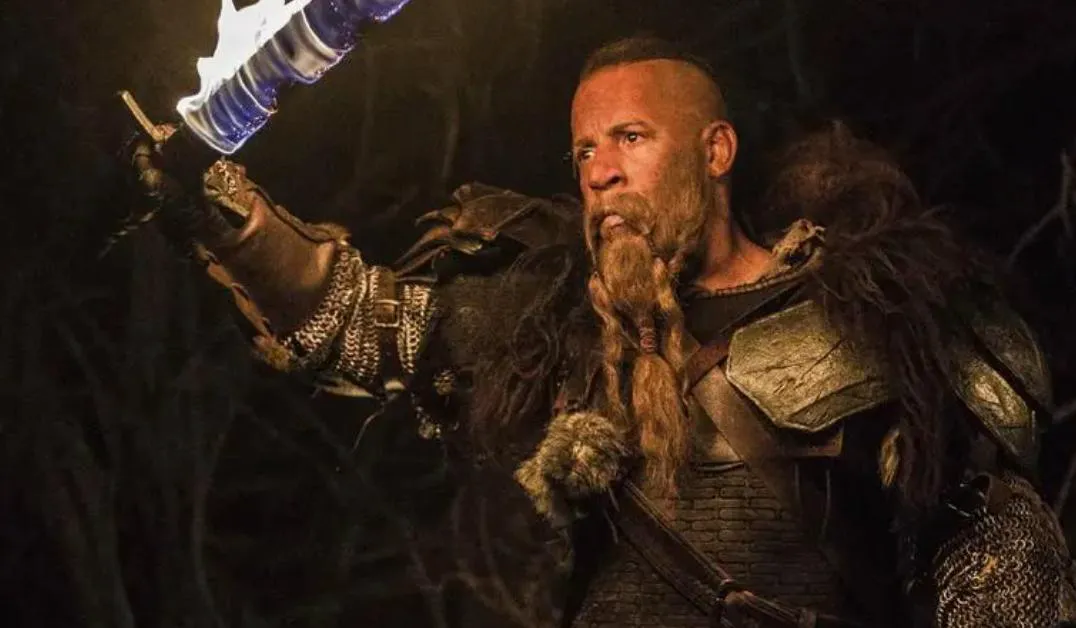
Furthermore, the film delves into themes of personal growth and heroism. Kaulder’s character evolves throughout the story, transforming from a mere witch hunter into a more thoughtful and mature hero. This transformation offers viewers inspiration and food for thought.
“The Last Witch Hunter” leaves a lasting impact by exploring the relationship between witches and humans, as well as themes of personal growth and heroism. Its compelling plot and outstanding performances make it a noteworthy fantasy-adventure film.
III. The Film’s Uniqueness and Resonance in the Witch Hunter Genre
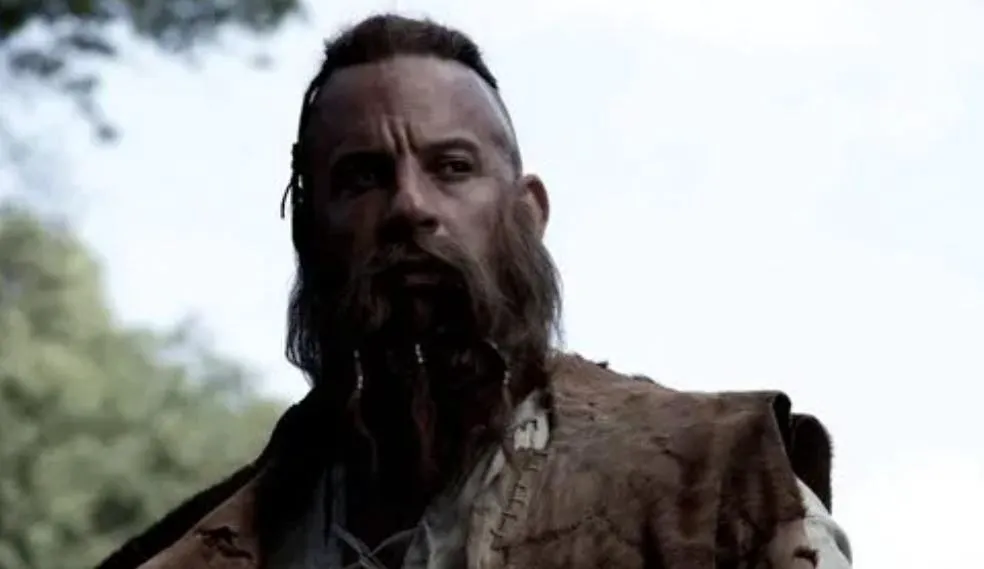
Set in a fantastical world where witches and magic are real, the film creates an immersive and mysterious atmosphere. This setting allows viewers to easily immerse themselves in the story, where witch hunters play a crucial role in protecting humanity from evil witches.
Kaulder, the protagonist, is a unique and compelling character who possesses both witch-like abilities and human emotions. His complexity resonates with audiences, allowing them to witness his growth and transformation. The film also introduces Chloe, a kind and brave witch who enriches the storyline and offers an alternative perspective on the witch world.
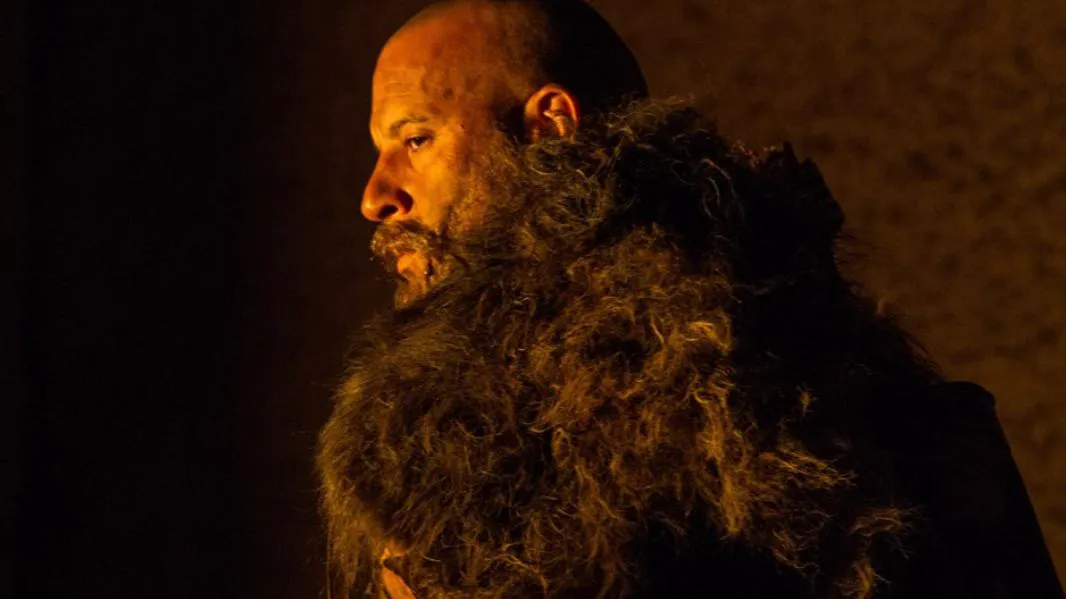
Beyond the witch hunter narrative, the film delves into themes of humanity, heroism, and cooperation. Viewers are encouraged to reflect on these themes and their relevance to the real world. Kaulder’s journey showcases the growth of a hero, prompting viewers to reconsider their definition of heroism.
The film’s special effects enhance its uniqueness and resonance, with dazzling magic and intense action sequences that immerse viewers in the experience. These effects not only showcase the witch hunter’s abilities but also spark interest in the fantastical elements of the world.
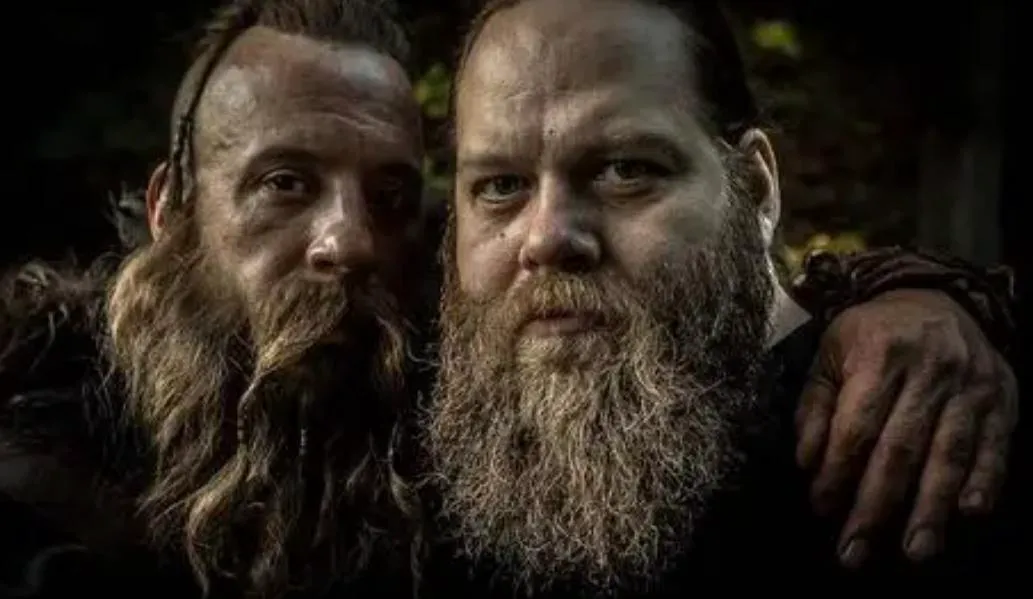
“The Last Witch Hunter” stands out in the witch hunter genre due to its unique personality and strong resonance. With its engaging plot, well-developed characters, and thought-provoking themes, the film captivates audiences and encourages deeper reflection on the genre.
IV. Core Themes and Ideologies in the Film
The film showcases the definition and essence of heroism through the protagonist Kaulder’s journey. As a witch hunter, Kaulder’s mission is to protect humanity from evil witches. Throughout the story, he overcomes obstacles and challenges, gradually maturing into a more thoughtful and deliberate hero. He possesses not only powerful magical abilities but also unwavering faith and courage. This portrayal of heroism allows the audience to gain a deeper understanding of the concept and inspires them to aspire to such heroic qualities.
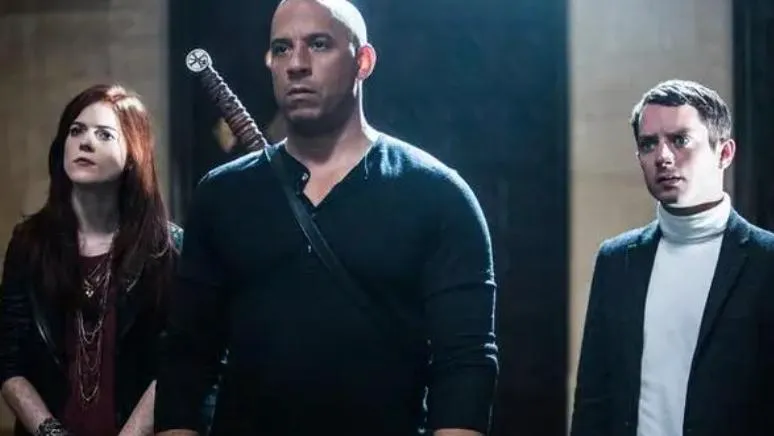
While hunting evil witches, Kaulder constantly confronts his inner darkness. He gradually realizes that the enemy he faces is not just evil witches but also the demons within himself. With Chloe’s help, he overcomes his inner demons and achieves self-redemption. This process allows the audience to witness the complexity of human nature and the power of inner redemption, guiding them to reflect on how to confront their own inner darkness in life.
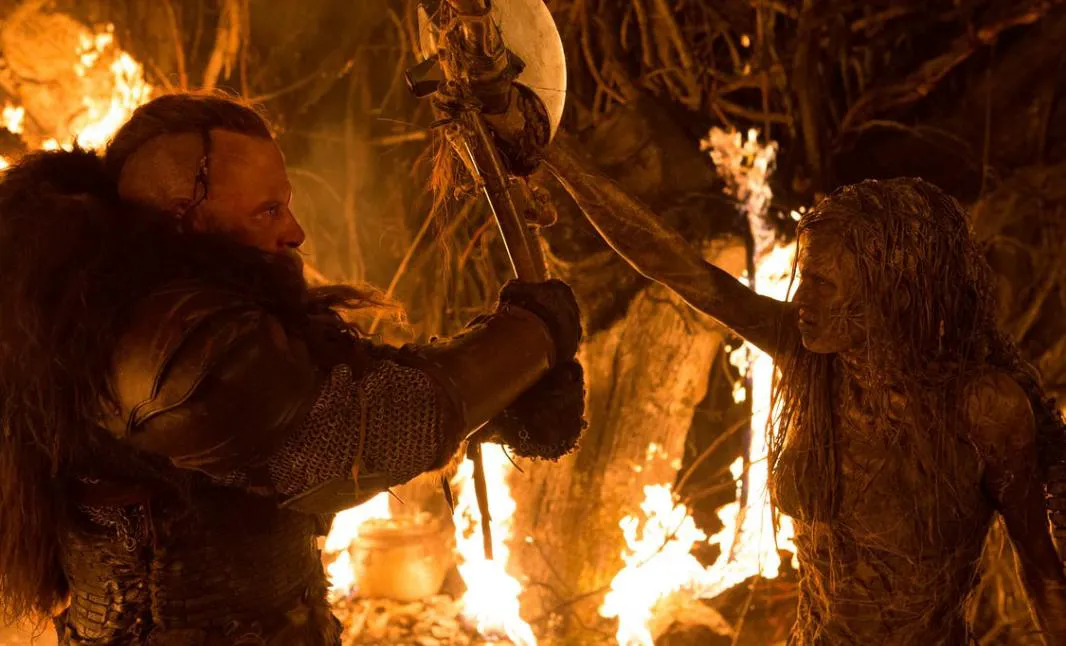
Through the collaboration between Kaulder and Chloe, the film demonstrates that the relationship between humans and witches is not simply one of antagonism. Although witches can sometimes pose a threat to humans, some witches are kind and upright. This portrayal allows the audience to consider how to view and handle the relationship between humans and witches, while also calling for tolerance and understanding towards differences and diverse groups.
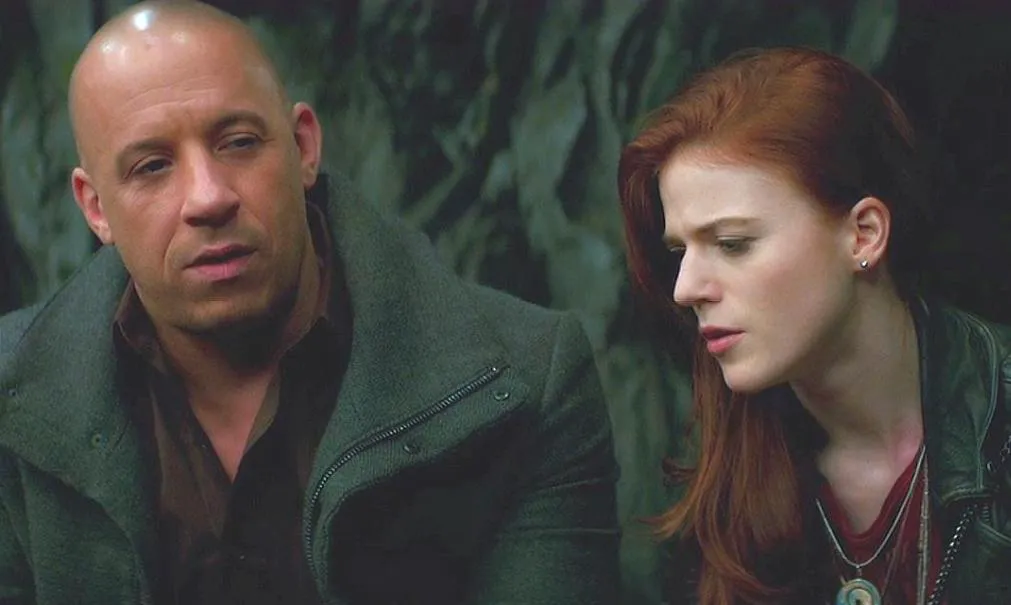
“The Last Witch Hunter” guides the audience to reflect on issues such as human nature, heroic images, and interpersonal relationships through its core themes and ideologies of heroism, self-redemption, and the relationship between humans and witches. These themes and ideologies give the film depth and meaning, making it more capable of touching the audience’s hearts.
V. Depiction of Confrontation and Reconciliation Between Humans and Witches
At the beginning of the film, we witness the tense relationship between humans and witches. Witches are seen as threats and enemies, while witch hunters are the force responsible for protecting humans from witches. However, as the story progresses, we see that the relationship between humans and witches is not simply one of antagonism. The collaborative relationship between the protagonist Kaulder and the kind witch Chloe becomes an important symbol of reconciliation between humans and witches.
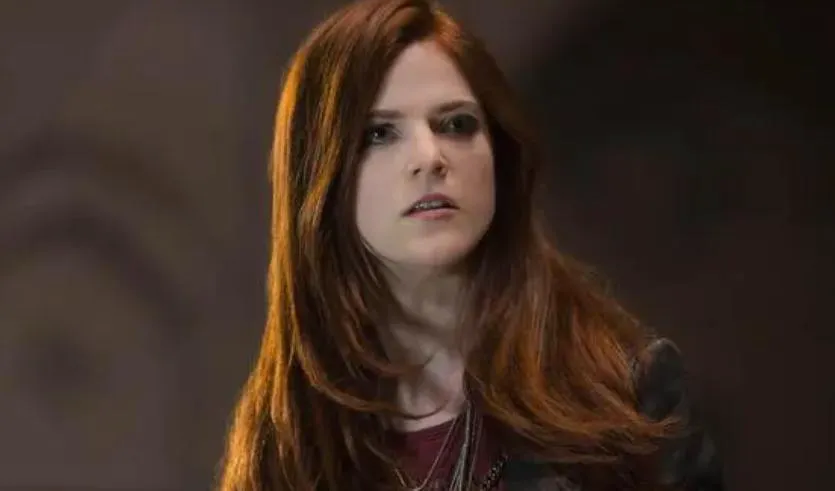
In the climax of the film, Kaulder and Chloe work together to fight the evil Witch Queen. In this process, they not only demonstrate powerful magical abilities but also show close trust and cooperation. This scene allows the audience to see that humans and witches are not incapable of living in harmony but can achieve reconciliation through cooperation and mutual understanding.
The film also showcases the conflicts and confrontations between humans and witches. Under the influence of the evil Witch Queen, some witches become a threat to humans, leading to conflicts between humans and witches. However, the film also reveals the complexity of this conflict. Sometimes, the conflict between humans and witches is not simply a matter of right and wrong but is due to misunderstandings, conflicts of interest, or other complex reasons.
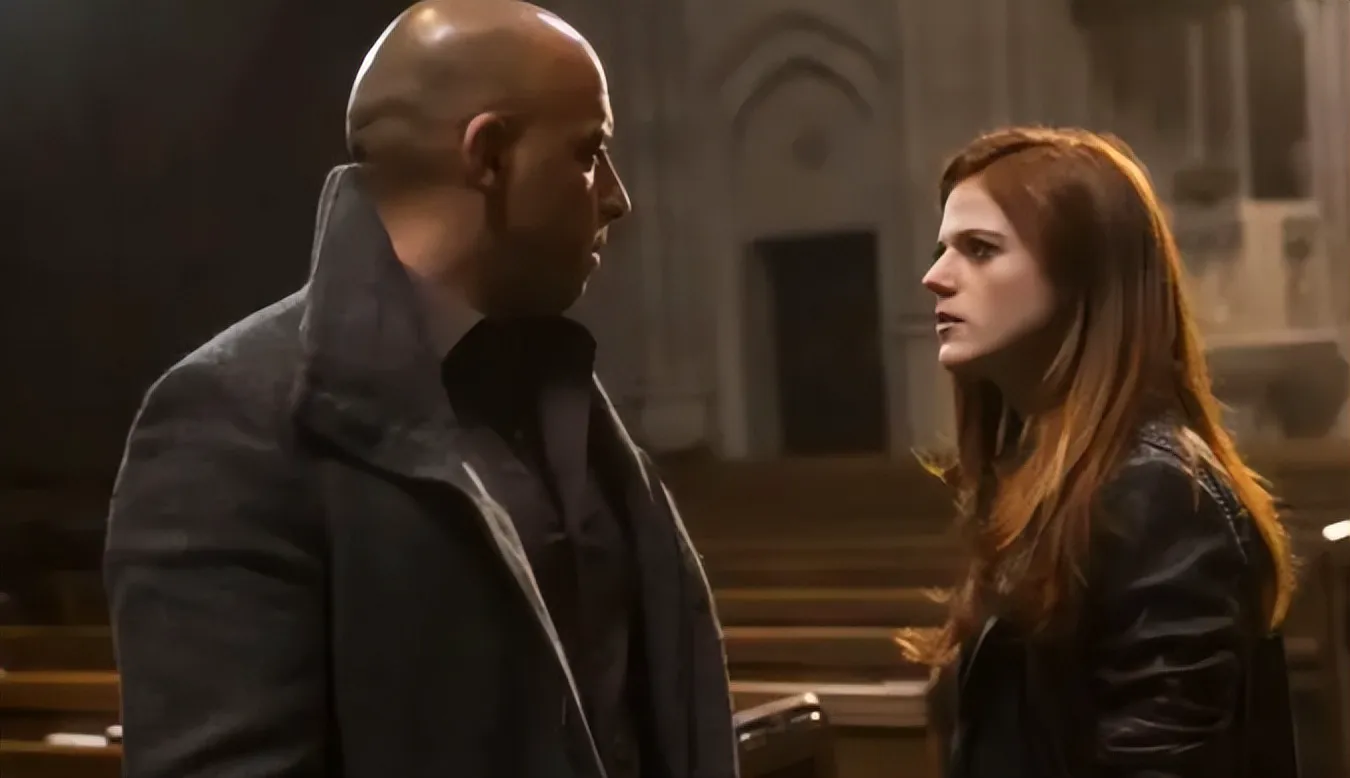
The ending of the film also emphasizes the importance of reconciliation between humans and witches. After the final battle, Kaulder and Chloe successfully defeat the evil Witch Queen, but they also realize that without the support and understanding of humans, witches will never achieve true peace. This ending emphasizes the necessity and importance of reconciliation between humans and witches.
“The Last Witch Hunter” depicts the confrontation and reconciliation between humans and witches, revealing the complexity and diversity of this relationship. Through the collaborative relationship between the protagonists Kaulder and Chloe, the film calls for humans and witches to achieve reconciliation through cooperation and mutual understanding, thereby creating a more harmonious and peaceful world.
VI. Analysis of Symbols, Metaphors, and Symbolism in the Film
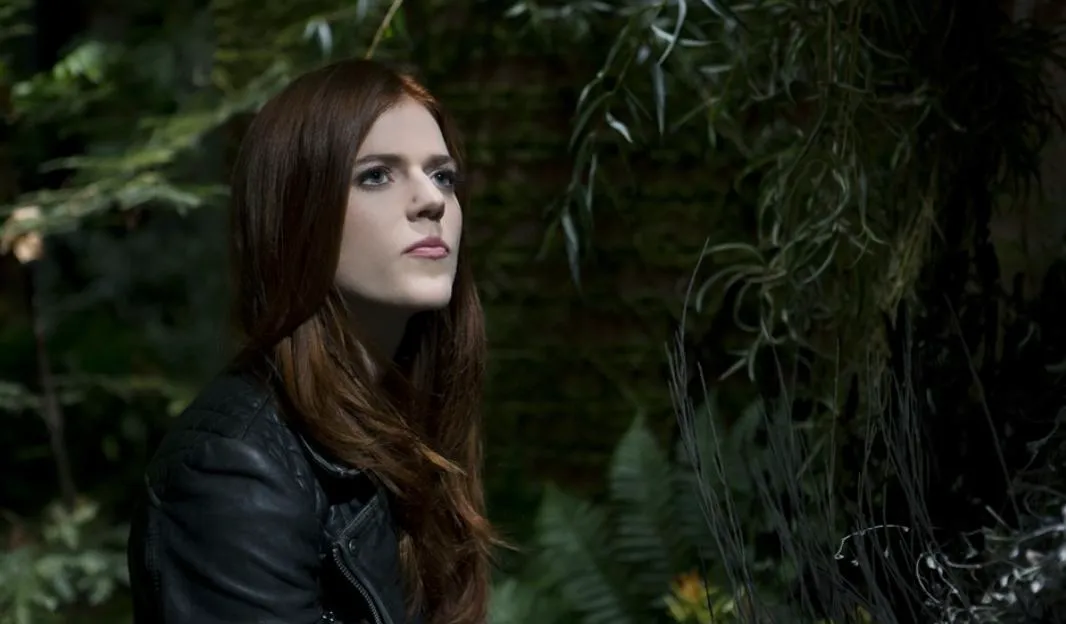
In the film, the witch hunter is the identity of the protagonist Kaulder, and this identity symbolizes Kaulder’s mission to protect humans from evil witches. The identity of the witch hunter also implies the contradictions and struggles in Kaulder’s heart. He must both safeguard the interests of humans and face the darkness within himself. This contradiction and struggle are the core issues that the witch hunter must face in the process of growth.
The witches in the film represent the power of mystery and magic. They coexist with human society but are often seen as aliens and threats. However, the film also showcases the diversity and complexity of the witch world through some kind and upright witches, such as Chloe. This portrayal implies that the relationship between humans and witches is not simply one of antagonism but that there may be possibilities for understanding and reconciliation.
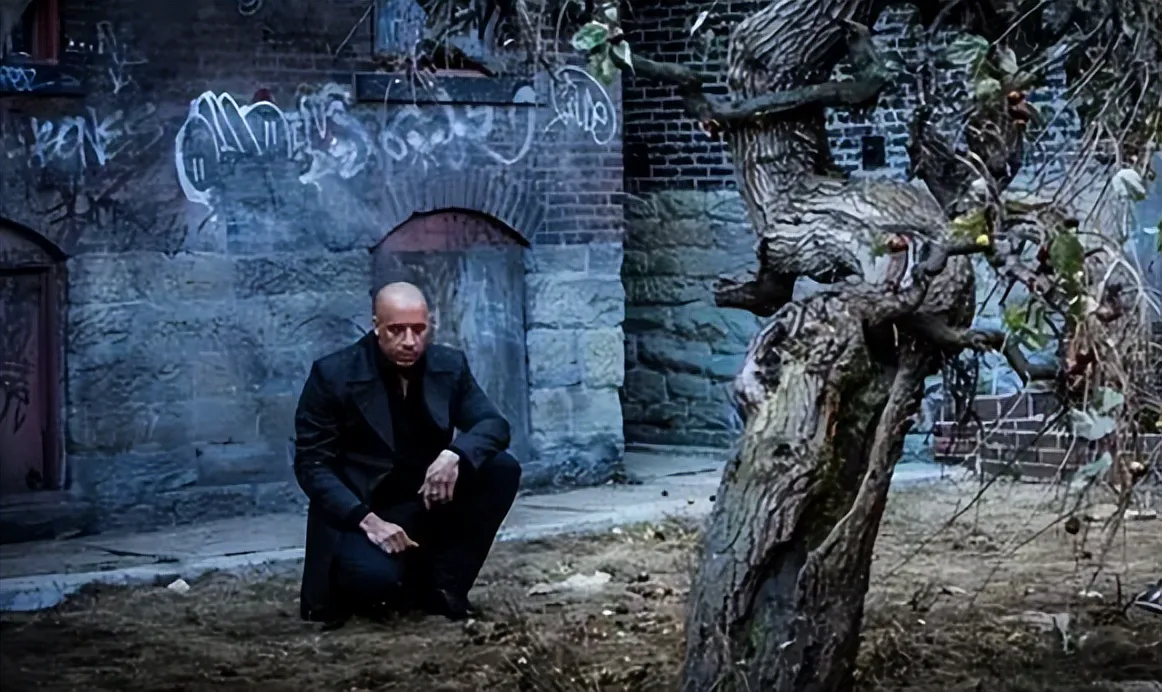
The evil Witch Queen in the film symbolizes the forces of darkness and evil. Her existence poses a challenge to Kaulder and Chloe and represents the conflicts and confrontations in the witch world. Behind the Queen lies the greed, ambition, and evil of human nature, while also warning of similar confrontations and conflicts that may exist in human society.
The collaborative relationship between Kaulder and Chloe constitutes an important symbol in the film. Their feelings and mutual support symbolize the kindness, courage, and trust in human nature. The portrayal of this relationship not only deepens the themes of heroism and self-redemption but also calls for people to achieve reconciliation through cooperation and understanding when facing differences and conflicts.
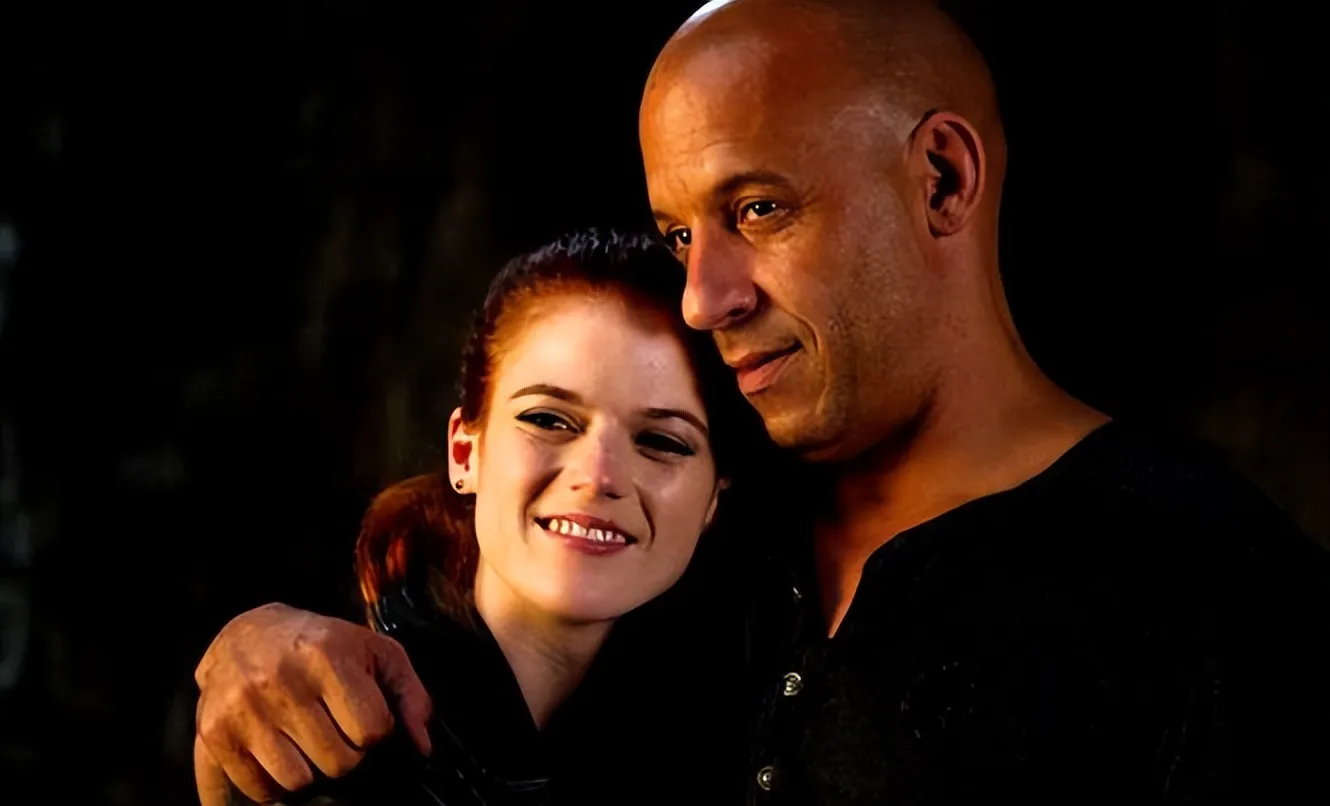
The title of the film, “The Last Witch Hunter,” is also an important symbol. This title not only implies that Kaulder is the last witch hunter but also implies that the era of witch hunters is coming to an end. This symbol suggests that with social changes and developments, the role of witch hunters will gradually disappear, and the film also emphasizes the importance of the mission and responsibility undertaken by Kaulder as the last witch hunter.
VII. Cultural Background and Influence of “The Last Witch Hunter”
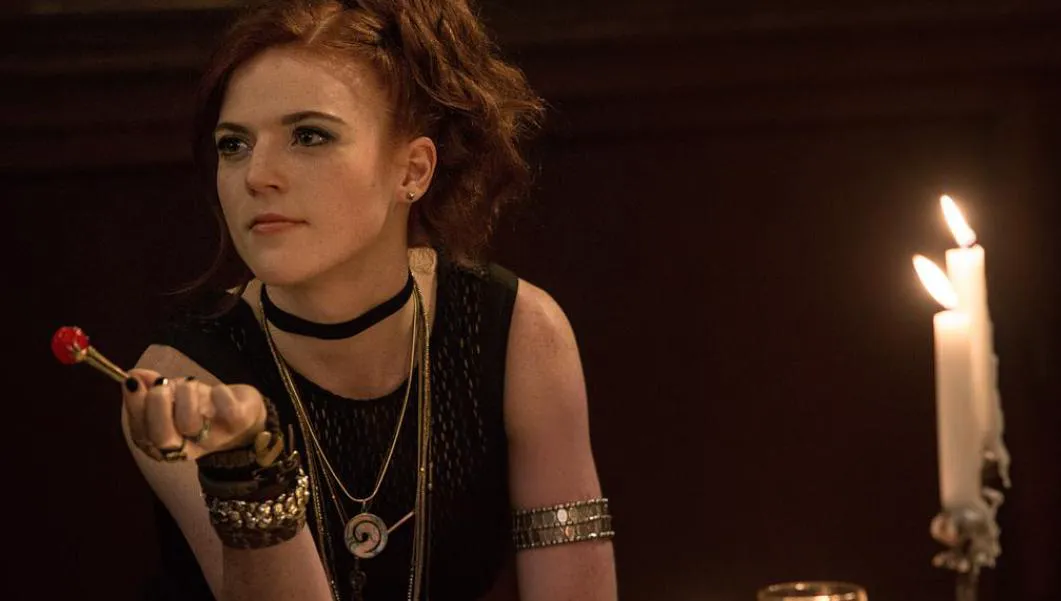
“The Last Witch Hunter” is set against the backdrop of witch culture, creating a magical world full of fantasy. In this world, witches are real, they possess powerful magical abilities, and they coexist with human society. The witch culture in the film draws on elements of European and American witch traditions and folk legends, integrating magic, mystery, and adventure to present a unique cultural phenomenon.
“The Last Witch Hunter” is an action-adventure film, a genre that emphasizes thrilling action scenes, adventurous plots, and a tense pace. The film inherits this tradition, showcasing the protagonist Kaulder’s series of adventures and battles in the process of hunting witches, allowing the audience to feel the tense and exciting atmosphere.
“The Last Witch Hunter” is part of the Hollywood film industry and is inevitably influenced by Hollywood films. Hollywood films have a wide range of influence around the world with their exquisite production technology and huge influence. The film continues the narrative mode and style of Hollywood films to a certain extent, attracting the audience’s attention through dazzling special effects and exciting fighting scenes.
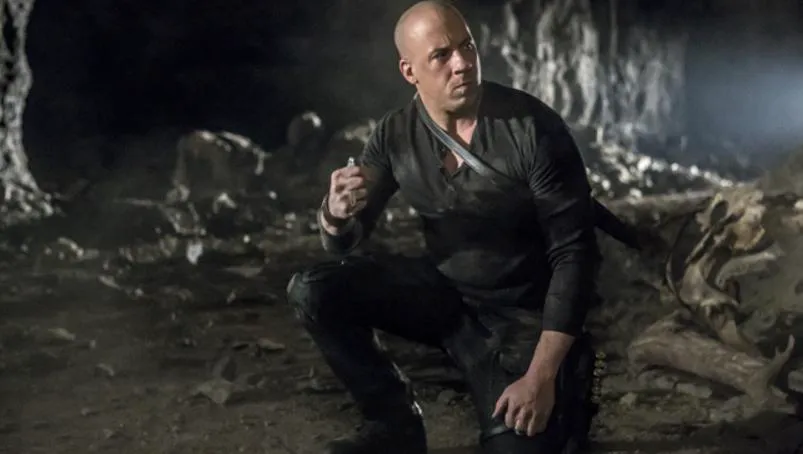
“The Last Witch Hunter” integrates multiple cultural backgrounds and influences, cleverly combining witch culture, action-adventure film genre, and Hollywood film elements to create a unique magical world. This work has an important impact on witch culture and the Hollywood film industry, while also bringing a highly entertaining audio-visual experience to the general audience.